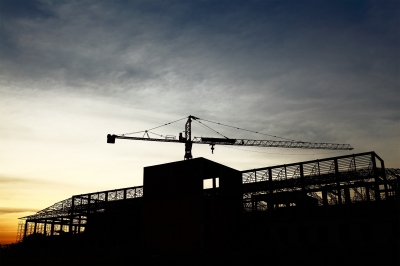 The Philippine manufacturing sector continued to grow in December 2015, benefiting from construction activity that remains on an upward trend and oil prices that continue to drop, according to the National Economic and Development Authority (NEDA).
The Philippine manufacturing sector continued to grow in December 2015, benefiting from construction activity that remains on an upward trend and oil prices that continue to drop, according to the National Economic and Development Authority (NEDA).
In the Philippine Statistics Authority’s Monthly Integrated Survey of Selected Industries for December 2015, the Volume of Production Index grew 4.9%, a steady push from its growth of 4.4% in the previous month. However, the Value of Production Index (VaPI) decreased 2.6%, brought about by contraction of VaPI in 11 major sectors.
“We must continue to help the manufacturing sector realize its potential by creating and strengthening linkages across all production sectors. This will enhance its capacity to absorb labor,” Socioeconomic Planning Secretary Emmanuel Esguerra said in a statement.
For consumer goods, beverages leaped from its negative performance in the previous month to post a 12% and 15.2% growth in volume and value of production, respectively—tripling its performance from November 2015.
On the other hand, the food subsector slowed down in both production volume and value, registering a contraction of 1.3% and 2.7%, due to the persistent dry spell induced by El Niño in the second semester of 2015.
“It is important to broaden the scope of supply and marketing linkages to dampen the impact of the El Niño which is reported to last until the second quarter of 2016. This includes encouraging more processing and better storage, packaging, and marketing of agricultural products to expand product range and reach a wider market,” the NEDA official said.
The government must also continue to improve infrastructure to support business activity and encourage businesses to reap the benefits of free trade agreements through aggressive information-sharing schemes and simplified bureaucratic processes.
“Smooth flow of goods can be achieved through adequate and resilient road networks, seaports and airports, and reliable telecommunication services. These improvements will enhance the capacity of local players to participate in global value chains,” Esguerra said.
For intermediate goods, non-metallic mineral products led with a double-digit boom of 18.8% and 18.2% in volume and value of production, respectively, while paper and paper products came in second, posting 18.6% and 18.8% growth in volume and production.
However, petroleum continued to decline, dropping by 33.8% and 40.6% in volume and value of production due to the weak global demand and oversupply in the world market.
For capital goods, machinery, except electrical machinery, posted a double-digit growth of 17.8% and 22.2% in volume and value of production. The transport sector also grew at a rapid pace of 13% and 9.9% in volume and value of production following the attractive financing schemes for automotive sales.
Meanwhile, the average capacity utilization of firms maintained its growth at 83.5%, with basic metals posting the highest utilization rate of 88.5%.
“Despite the unfavorable economic global climate, the sector remains optimistic in 2016,” Esguerra said.
He added that with low and stable inflation and good employment opportunities, consumers have increased spending power, which strengthens domestic demand.
“The continued drop in petroleum prices will also keep operating costs minimal, and this is expected to boost the volume of production,” Esguerra added.
Image courtesy of koratmember at FreeDigitalPhotos.net





